Photopolymer etching is a intaglio printmaking technique in which you use uv light to burn an imagine into a light sensitive emulsion that is attached to a metal plate. After the plate has hardened it is possible to print your work on paper in a way that is similar to a normal dry point needle etching. The main difference being that the work that is normally done directly on the metal surface is now being made on a transparent sheet of paper.
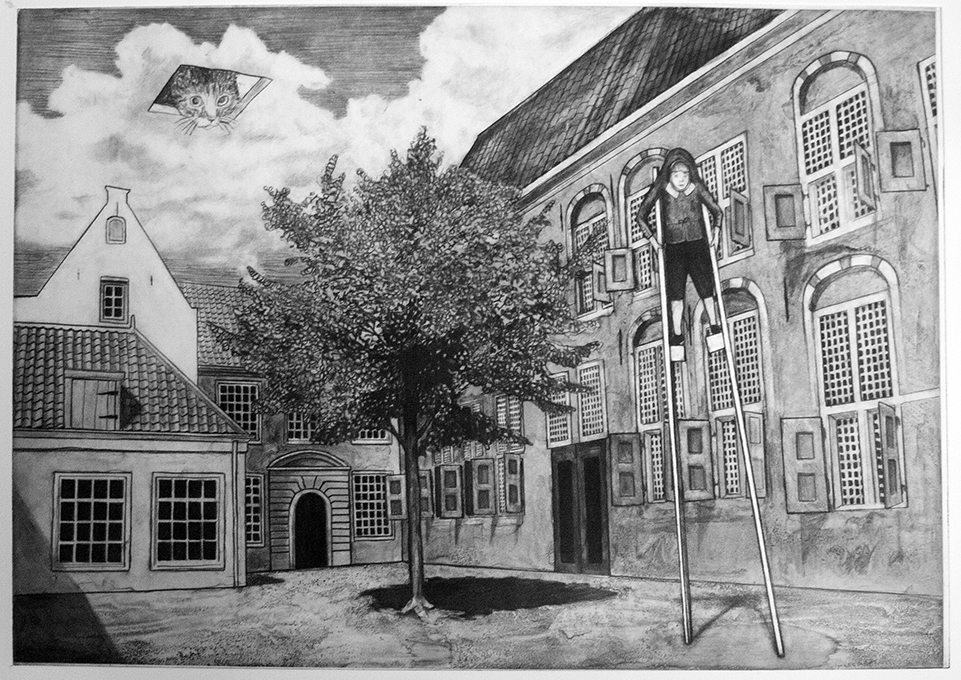
I learned this technique during the final year of my studies while I was doing an exchange program at the University of Cuenca in Spain. In photopolymer my interest for painting and drawing has come together and it has made it possible to create detailed works while the fluency of movement is not limited by the metal you are working on.
Photopolymer etching is a technique that has developed in the same period as photography itself (1820). Nicéphore Niépce gets accredited for being the one who invented the technique while photogravure in mature form was created in 1878 by the Czech painter Karel Klíč. The technique has been steadily developing further since then to the point where it is now possible to buy plates that are already coated with the light sensitive emulsion on it.
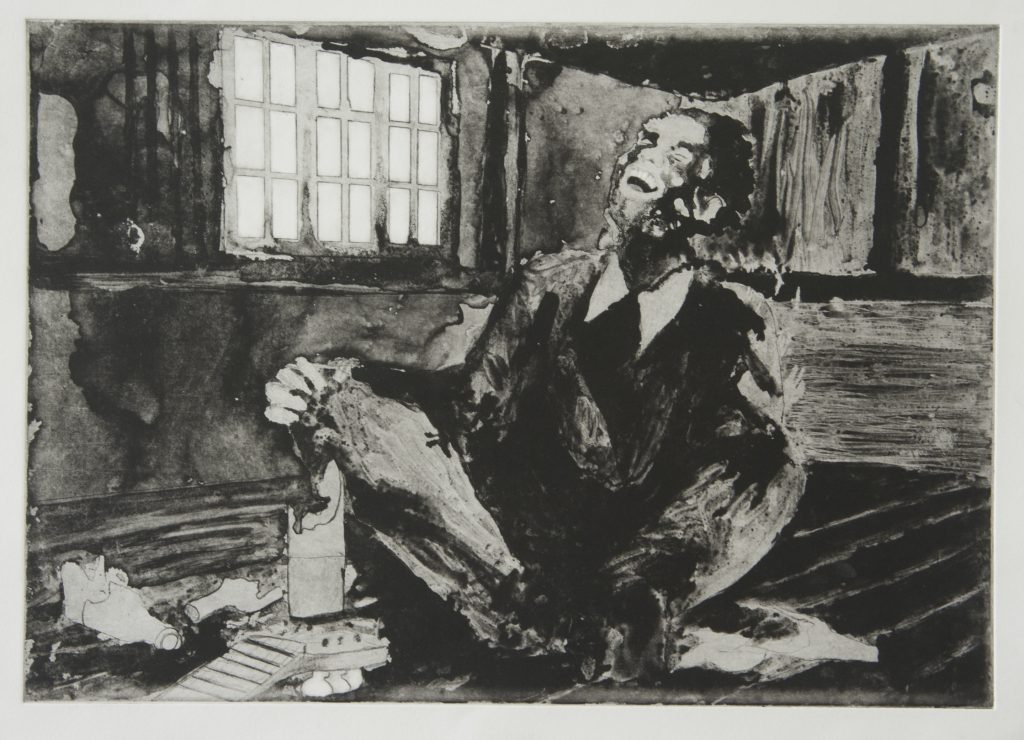
The process starts with the creation of your drawing. In order to see what I am doing and to make a calculation about what will be visible on the print I make my drawings on a so-called light table. There are a lot of options when it comes to the usage of materials on these transparent sheets of paper and each of these materials have their own tonal range and texture . I prefer to work with pencils and inks to combine painting and drawing in the works that I make. On the other hand the usage of pen and many others materials is possible as well. For example, some artists use photopolymer etching to transfer their photographic or digital images to the light sensitive sheets since using a printer is an option. I have learned to use this method as well but I have a preference to create every work by hand; using a printer would take away the complexity of the making process for me and frankly feels like an easy way out.
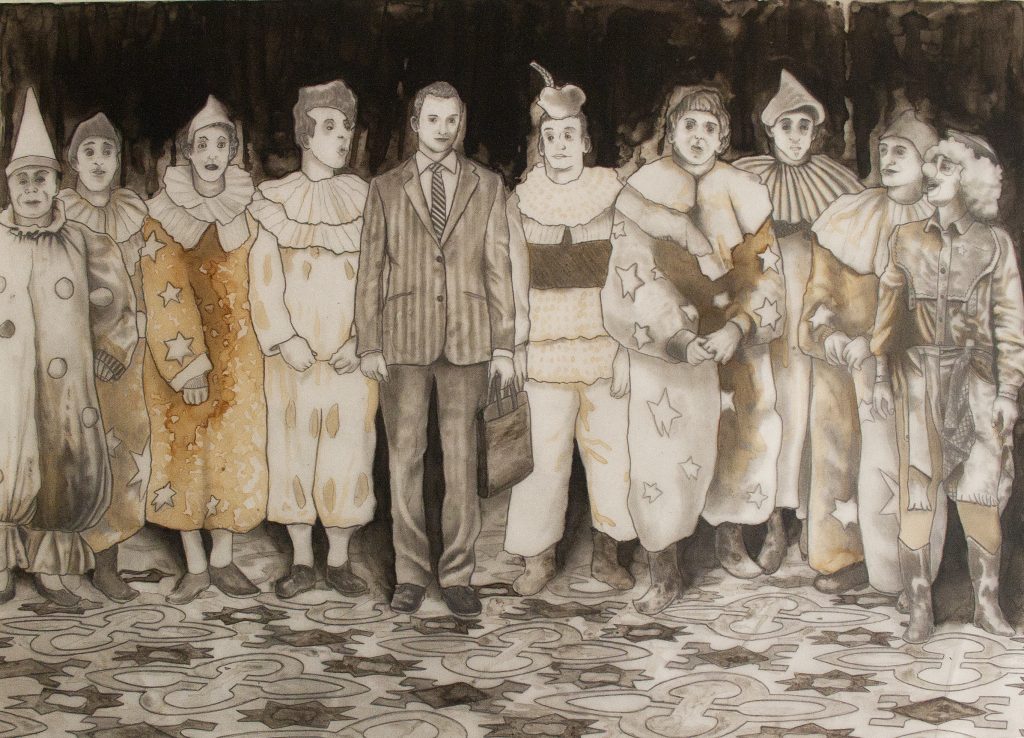
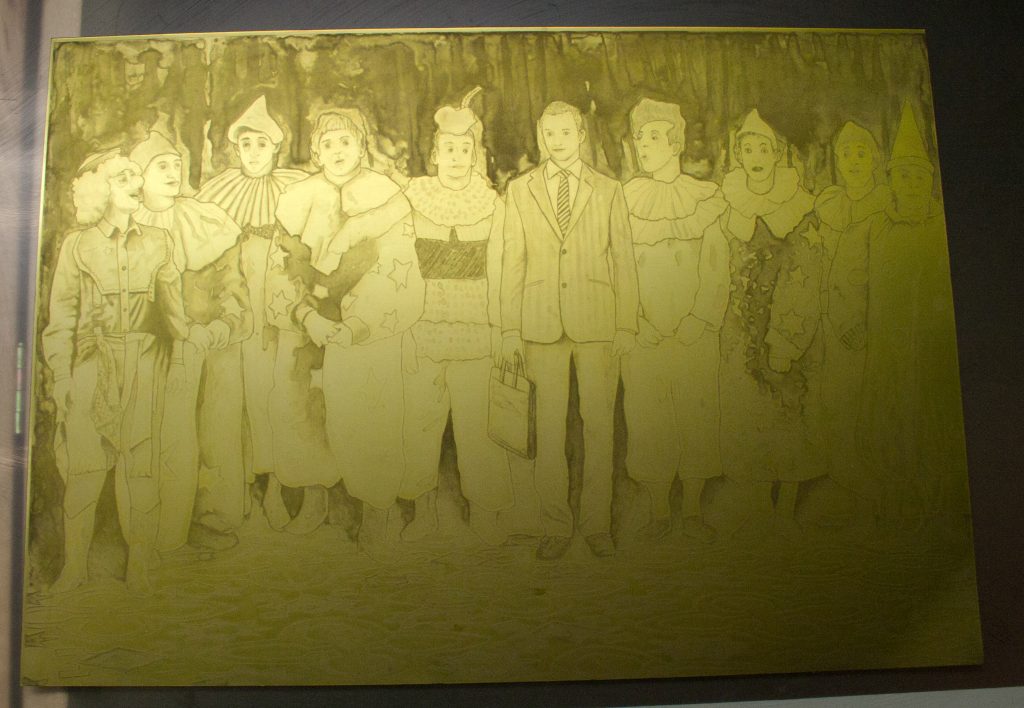
Without going into too much detail: after finishing your drawing you have to find a studio with a dark room and a contact machine. A contact machine is used to directly control the amount of seconds of light that are on your plate. It is also necessary to vacuum your drawing sheet to the light sensitive emulsion on the plate. If your drawing is not properly in contact with the plate, light will not be evenly distributed and might manipulate and change your image.
The first step is to use the contact machine to activate the light sensitive emulsion.
You then put a raster on top of the plate. Without this raster your plate will have no initial texture to create the different variations of tone, which would leave you with an image that is just black and white. After lighting the raster comes your drawn image.
After this final stage of lighting the process of development will start.
By using water in a specific temperature parts of the plate where light has reached the plate will be slightly affected or not affected at all. These areas will stay smooth and flat. The areas where the light was blocked will be slightly bitten in and this surface area will be washed away by the water. By using cold water the development process will stop and after drying and relighting the plate again it will harden enough to make printing the plate possible.
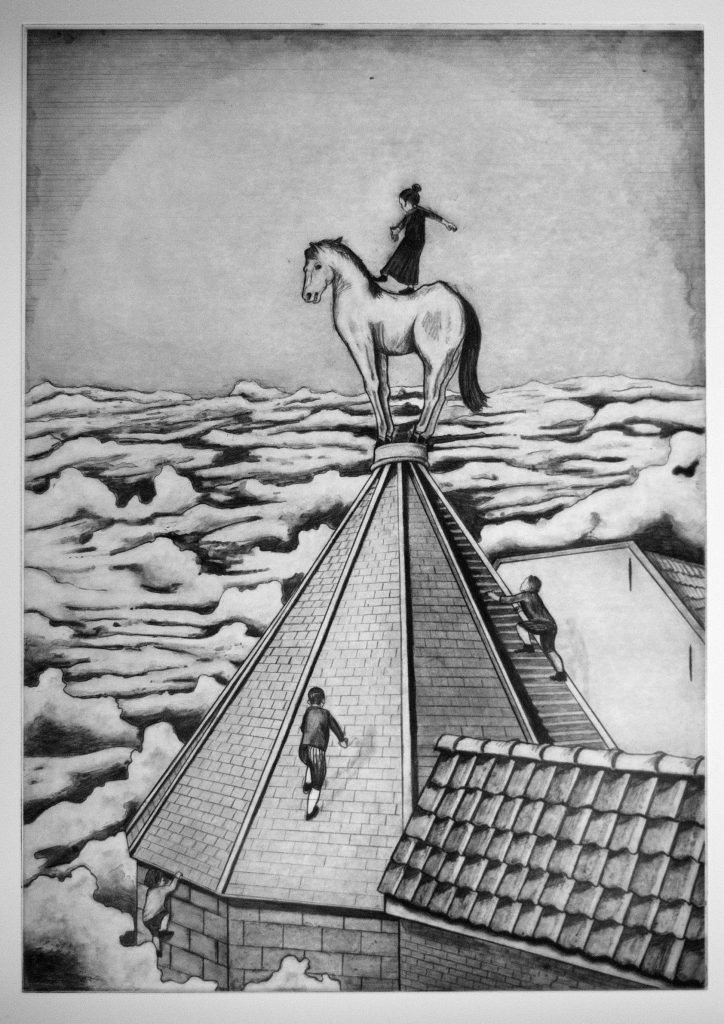
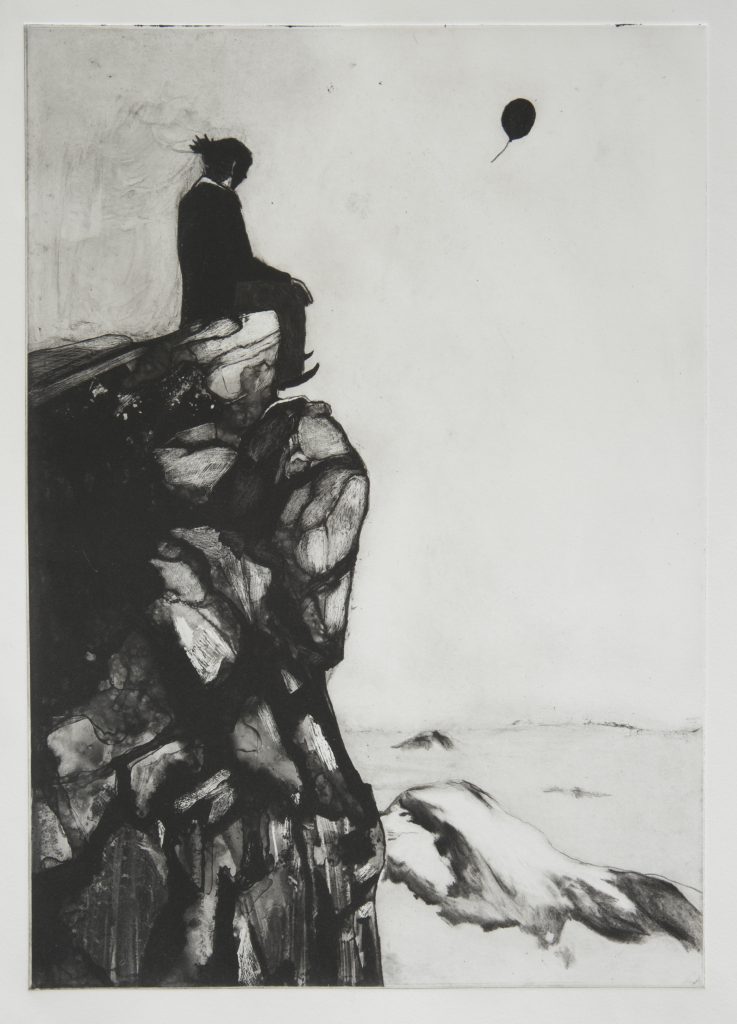
I have had discussions with fellow artist and former teachers about what the actual artwork is, is it the original drawing made on the transparent sheet or the print made from the plate that is created through the drawing? I always considered the print the final product, but ever so slowly my opinion is changing about this, I have always found beauty in the original drawings. Presenting them forms some problems though since the work is only properly visible with the usage of light directed from the back. I have started experimenting with ways of presenting these originals.
There is also a problem with transferring your drawing to the light sensitive plate. It does not matter what choices you make when it comes to lighting times, or printing preferences. You will always lose some of the detail or some of the contrast -which might be mended by making two plates for one work; one focusing on contrast and the other on detail and then printing both plates over each other on one paper. I have never made multi plated photopolymer prints before because photopolymer plates are quite expensive but through making colour works the time has come to start experimenting with this.
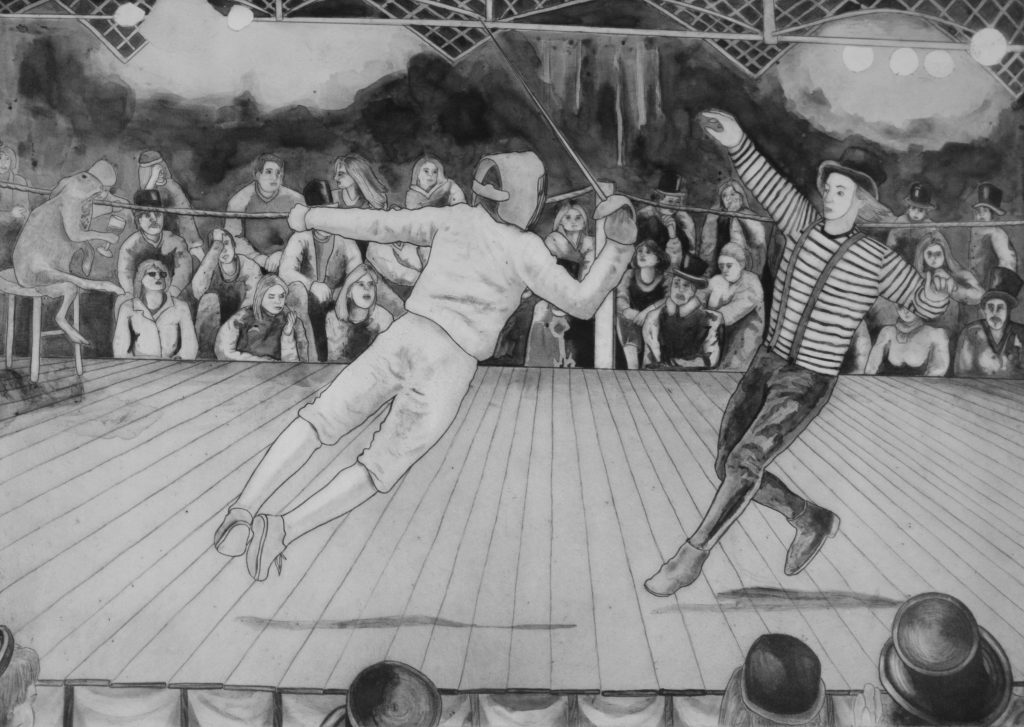
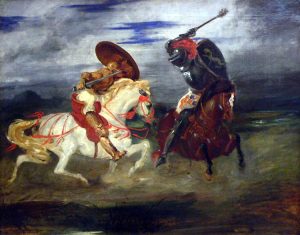
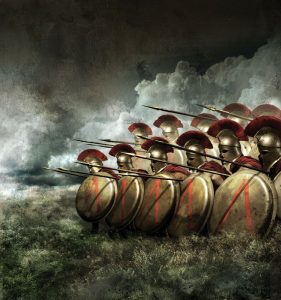
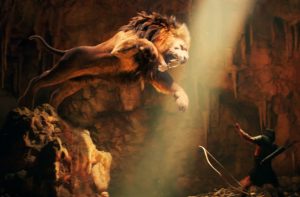

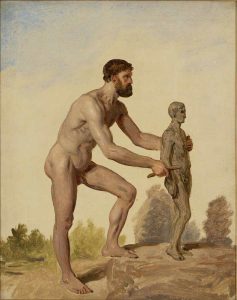
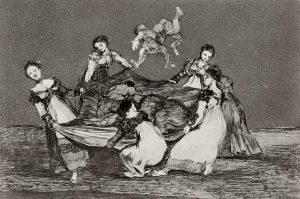
2 thoughts on “Photopolymer Etching”
Your style is really unique in comparison to other people I’ve read stuff from.
Thank you for posting when you have the opportunity, Guess I’ll just book mark this web site.
Excellent way of describing, and good paragraph to get information on the topic of my presentation subject, which i am going
to present in university.